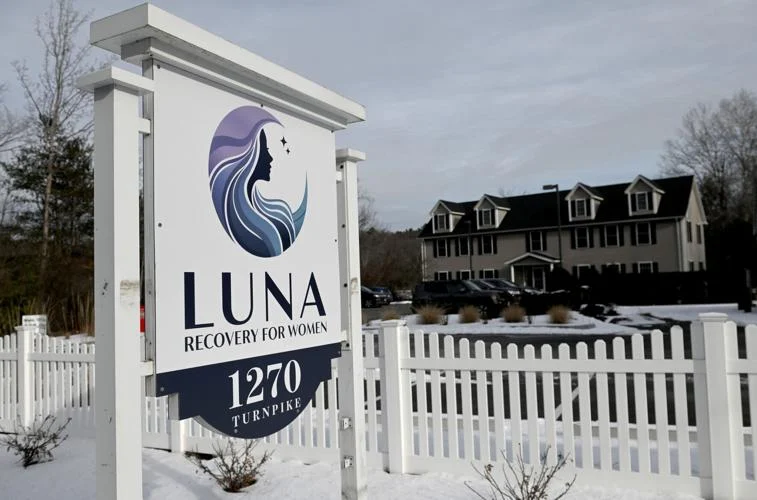Fighting addiction alone can feel overwhelming and isolating. That’s why so many people turn to professional help—but a common question often arises: “Does drug rehab really work?” It’s natural to wonder whether rehab is worth the investment, whether it can lead to lasting sobriety, or if the benefits are only temporary.
These are all important and valid concerns. The best way to understand the effectiveness of drug rehab is by looking at the factors that define success and reviewing what the data tells us.
What Does Success in Drug Rehab Look Like?

Most people associate rehab success with complete abstinence. While long-term sobriety is certainly the goal, recovery is more complex than simply avoiding substances. Rehabilitation isn’t a one-size-fits-all solution that instantly eliminates addiction—but it can significantly improve a person’s quality of life.
According to the Office of National Drug Control Policy, successful addiction treatment can result in the following outcomes:
- Less frequent use of substances
- Extended periods between relapses
- Improved work or academic performance
- Better physical health and fewer medical visits
- Enhanced mental health and reduced negative behaviors
- Strengthened relationships with loved ones
- Greater compliance with legal obligations
- Fewer injuries and risky situations
This means that rehab can be successful even if a person hasn’t achieved long-term sobriety yet. Positive changes in behavior, mindset, health, and social life are all powerful indicators of progress.
When someone who once struggled with addiction is able to hold down a job, repair relationships, and improve their physical and mental health, that’s a clear sign that treatment is making a difference—even if setbacks occur.
Understanding Relapse and Recovery
Relapse doesn’t mean failure. In fact, it highlights the chronic nature of addiction—a condition that, like many others, comes with the potential for recurrence. According to the National Institute on Drug Abuse, addiction has a relapse rate of 40–60%, which is comparable to other chronic conditions:
- Addiction: 40–60%
- Type 1 Diabetes: 30–50%
- Hypertension: 50–70%
- Asthma: 50–70%
When someone with asthma or diabetes experiences a relapse, treatment is adjusted—not abandoned. The same applies to addiction. Relapse can offer insights into what changes or additional support may be needed—be it learning new coping strategies, making lifestyle adjustments, or engaging with a support group.
The key is resilience. If someone is willing to learn from the experience, seek help, and continue the journey, relapse can become a stepping stone rather than a setback.
What Do the Numbers Say About Drug Rehab Success?
Evidence clearly shows that rehab can be effective in helping individuals regain control of their lives. Consider these findings from the Butler Center for Research at Hazelden Betty Ford Foundation:
- 80% of people who completed alcohol rehab remained sober one month post-treatment. And 64% of those people were still sober after 12 months.
- 95% of people who completed drug rehab remained sober one month post-treatment. And 86% of those people were still sober after 12 months.
- 86% of those completing rehab reported an improved quality of life.
- 54% of individuals who underwent medication-assisted treatment (MAT) for opioids completed the program and achieved abstinence.
- 68% of individuals who went through medically supervised detox had successful treatment outcomes.
- People who remained in treatment for longer durations (28–90 days) were five times more likely to stay abstinent.
- 90% of individuals receiving MAT for heroin significantly reduced their usage.
- Those who remained in MAT for three years or more had lower relapse rates than those who stopped sooner.
- Among individuals addicted to meth, 33% remained sober three months post-treatment; 14% stayed sober after a year.
- Attendees of 12-step meetings reported 80% of days sober in the first year, with 19% remaining completely abstinent.
- 70% of people who attended 27 weeks of AA meetings were sober 16 years later—compared to 34% who did not attend AA.
Does Luna’s Outpatient Rehab Model Work?

At Luna Recovery for Women, we offer three levels of outpatient care, each designed to provide structure and support while allowing clients to maintain real-life responsibilities. There’s a common misconception that outpatient rehab is less effective than inpatient care—but research proves otherwise.
Intensive outpatient programs (IOPs) have been shown to be just as effective as inpatient options for many individuals with substance use disorders.
Our approach also incorporates evidence-based clinical services, including:
- Cognitive-Behavioral Therapy (CBT): Shown to be 50–75% effective in helping individuals manage depression and anxiety in just 5–15 sessions.
- Dialectical Behavioral Therapy (DBT): Effective at reducing self-harm, suicide attempts, and treatment time. After six months of DBT, 46% of participants showed healthier behavior patterns. After one year, 51% reported lasting improvements.
Drug rehab works—but only if you’re ready to work through the process. If you’re ready to take the next step, we’re here to walk beside you.
Contact us today to learn more about our outpatient programs and how we can help you achieve lasting recovery. We’re here for real people, seeking real recovery.
